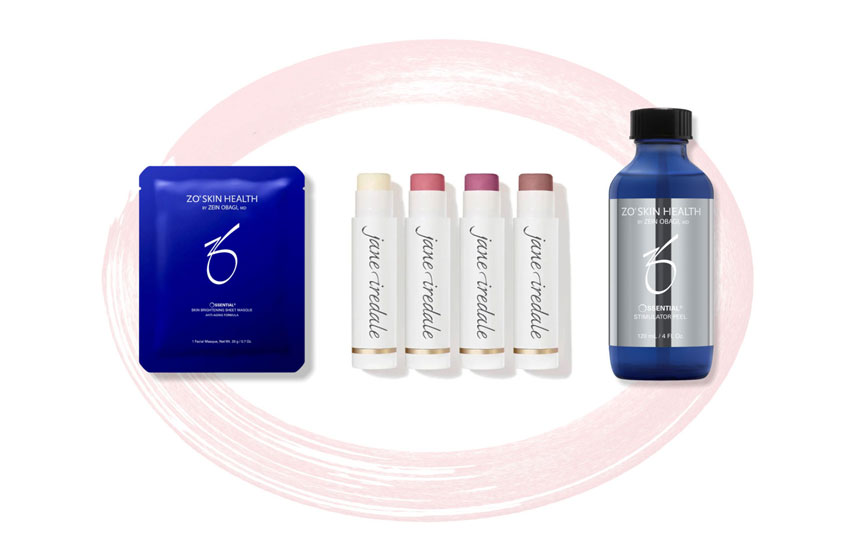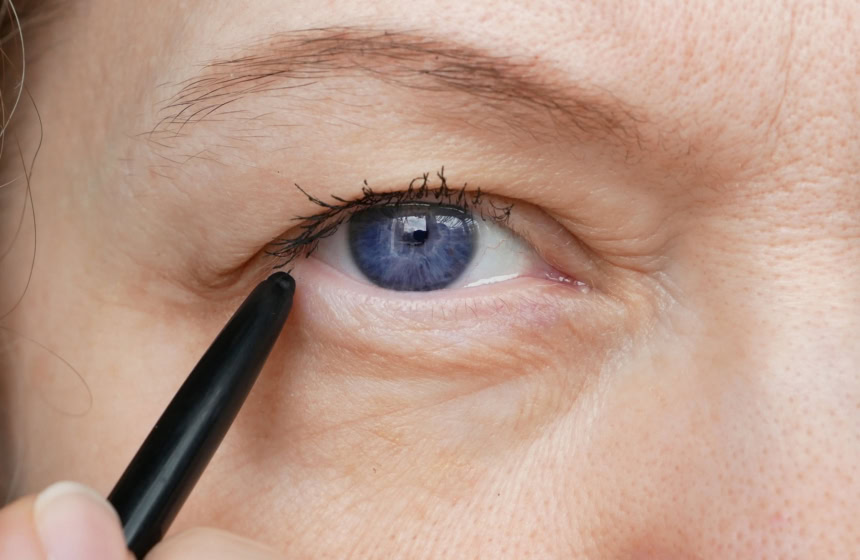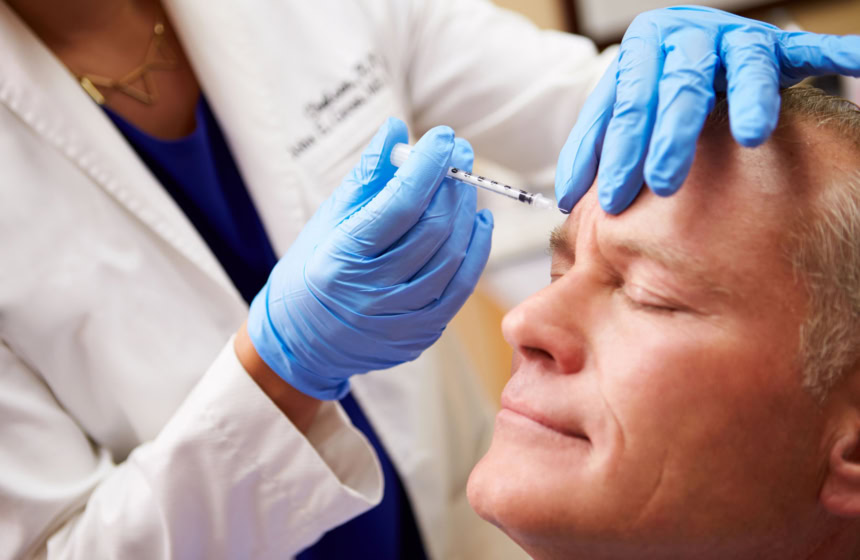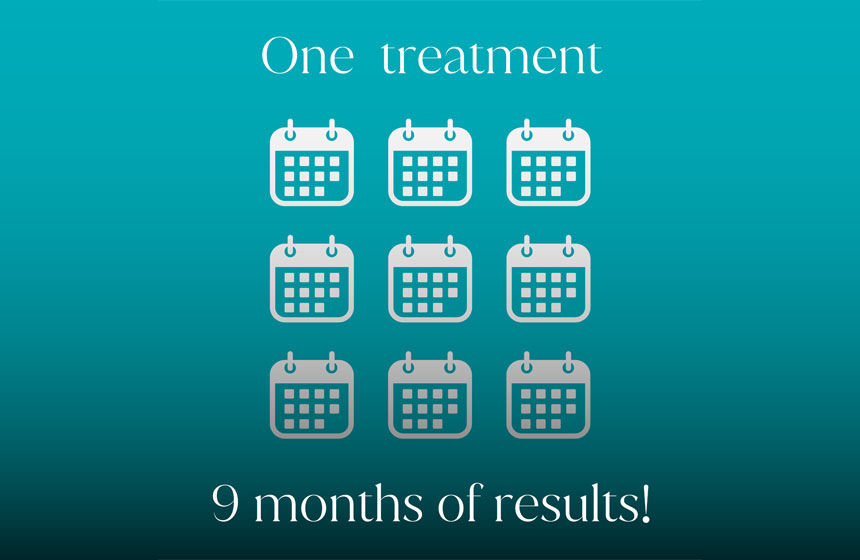Scars tell the story of our lives. They’re reminders of the past, whether it’s from childhood falls, acne breakouts, surgeries, or accidents. However, for many, they are more than just memories; they can lead to discomfort and insecurity. Thankfully, modern aesthetic medicine offers a variety of scar treatment options. Whether you’re looking to reduce a fresh scar or hoping to improve the appearance of an old one, understanding the causes and treatments is the first step toward smoother, healthier skin.
What Causes Scars?
Scars form when the skin heals after an injury, surgery, or inflammation. As part of the healing process, your body produces collagen fibers, which can result in scarring. While every person heals differently, some factors influence how noticeable your scar will be:
Skin Type
People with darker skin tones tend to develop keloid scars, which are raised and extend beyond the original injury site. In contrast, individuals with fair skin may experience more visible red or pink scars, given their lower levels of melanin.
Hydration Levels
Proper hydration is key to maintaining skin elasticity and supporting efficient healing. When the skin is dry, it becomes more brittle, leading to slower recovery and the potential for more prominent scars.
Post-Injury or Post-Surgery Care
How well you care for a wound or a surgical site during the healing process directly affects the scar’s appearance. Keeping the area clean, moisturized, and protected from sun exposure can make a huge difference. A little care goes a long way in ensuring your scar fades rather than darkens or worsens.
These factors play a crucial role in determining the final appearance of a scar, making personalized care essential for the best results.
Types of Scars
Understanding your scar type is important to determine the best treatment option. Here’s a breakdown of the most common types:
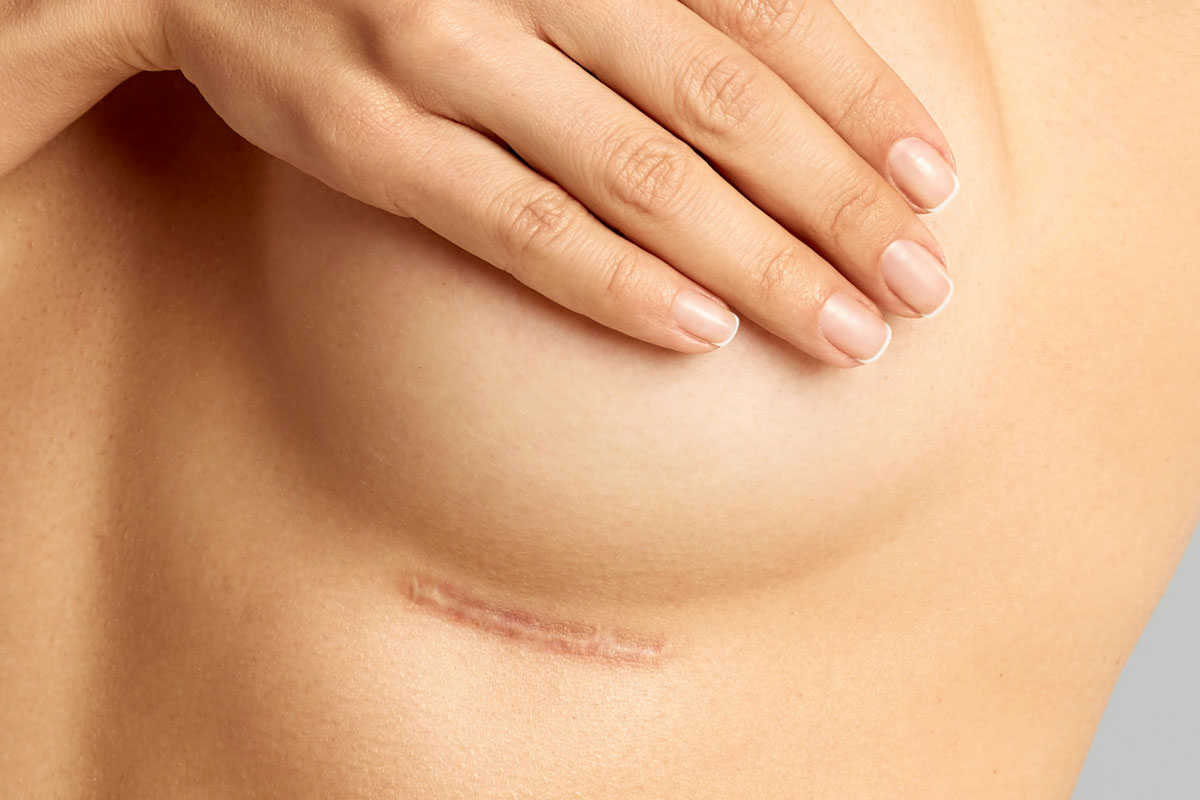
Hypertrophic Scars
These are raised and red scars but remain confined to the original wound area. They typically result from an excess of collagen during the healing process.
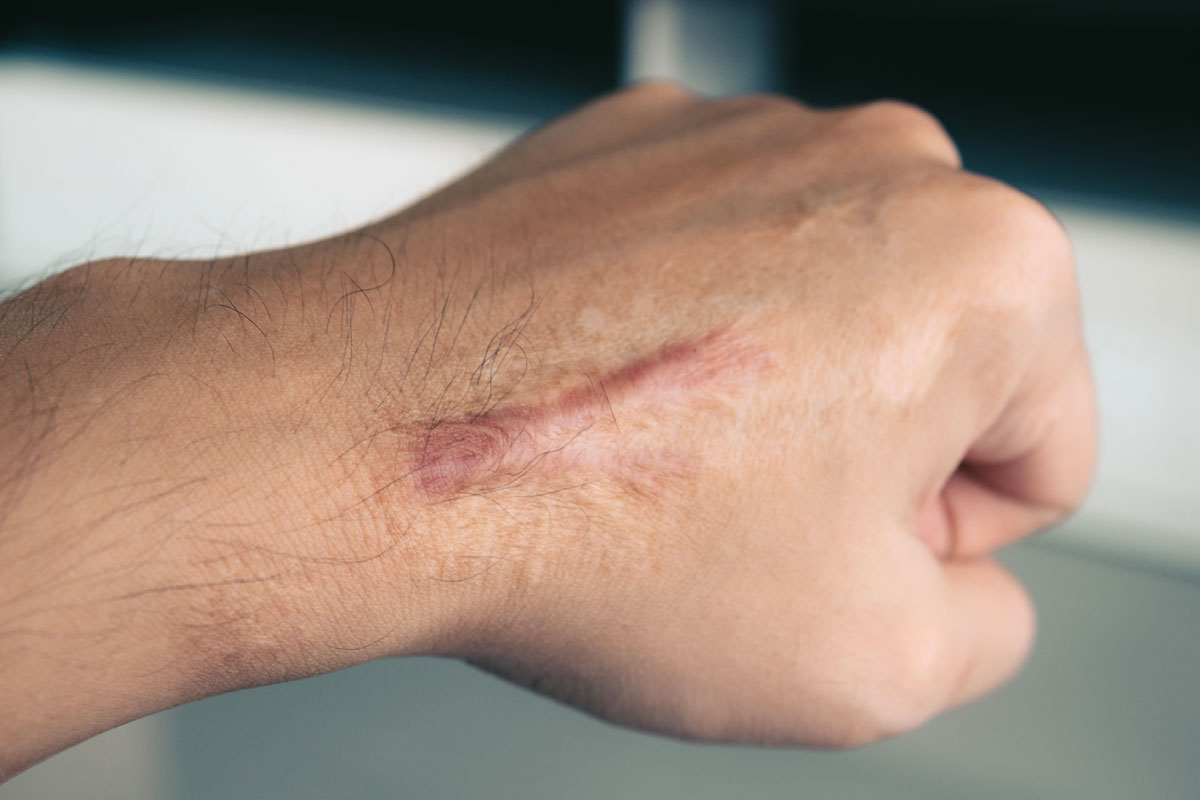
Keloid Scars
Similar to hypertrophic scars but more severe, keloids extend beyond the original injury site and may continue to grow over time. People with darker skin tones are more prone to keloids, which can sometimes be itchy or painful.
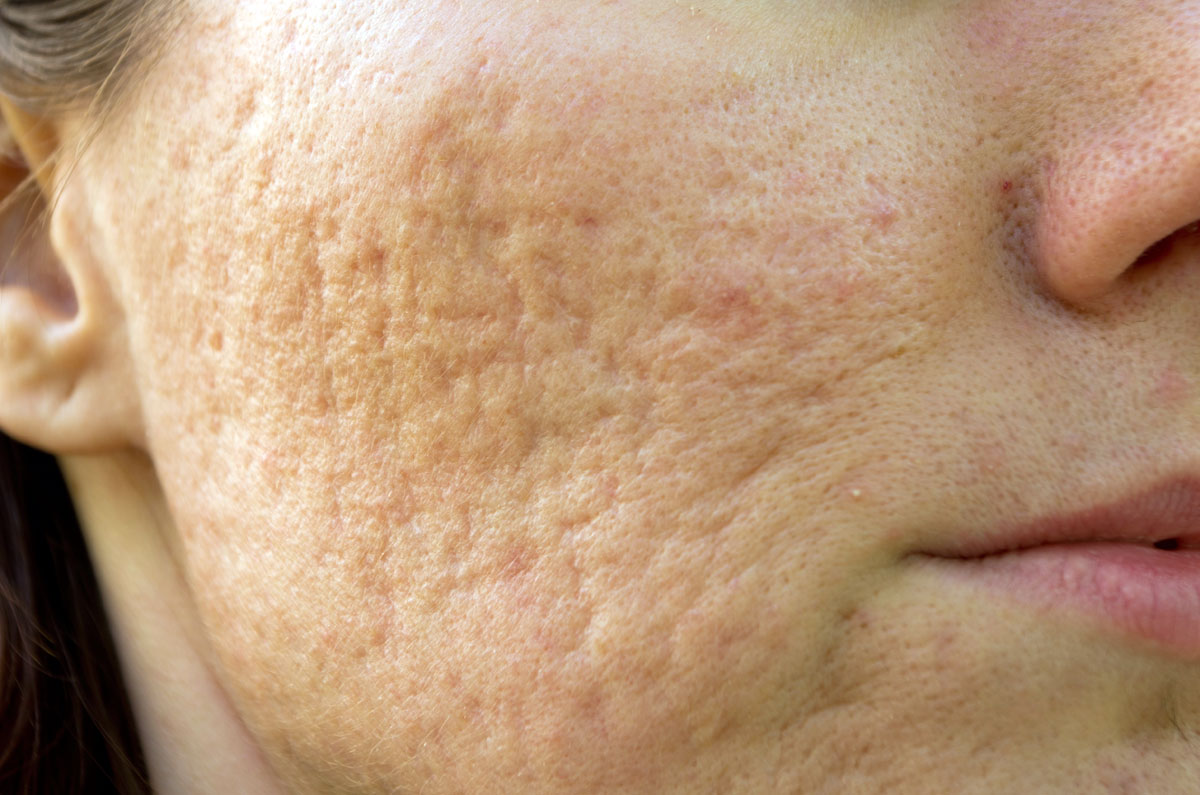
Atrophic Scars
Depressed scars, often the result of acne or chickenpox, fall into this category. They appear sunken due to a loss of underlying tissue and are most visible on the face.
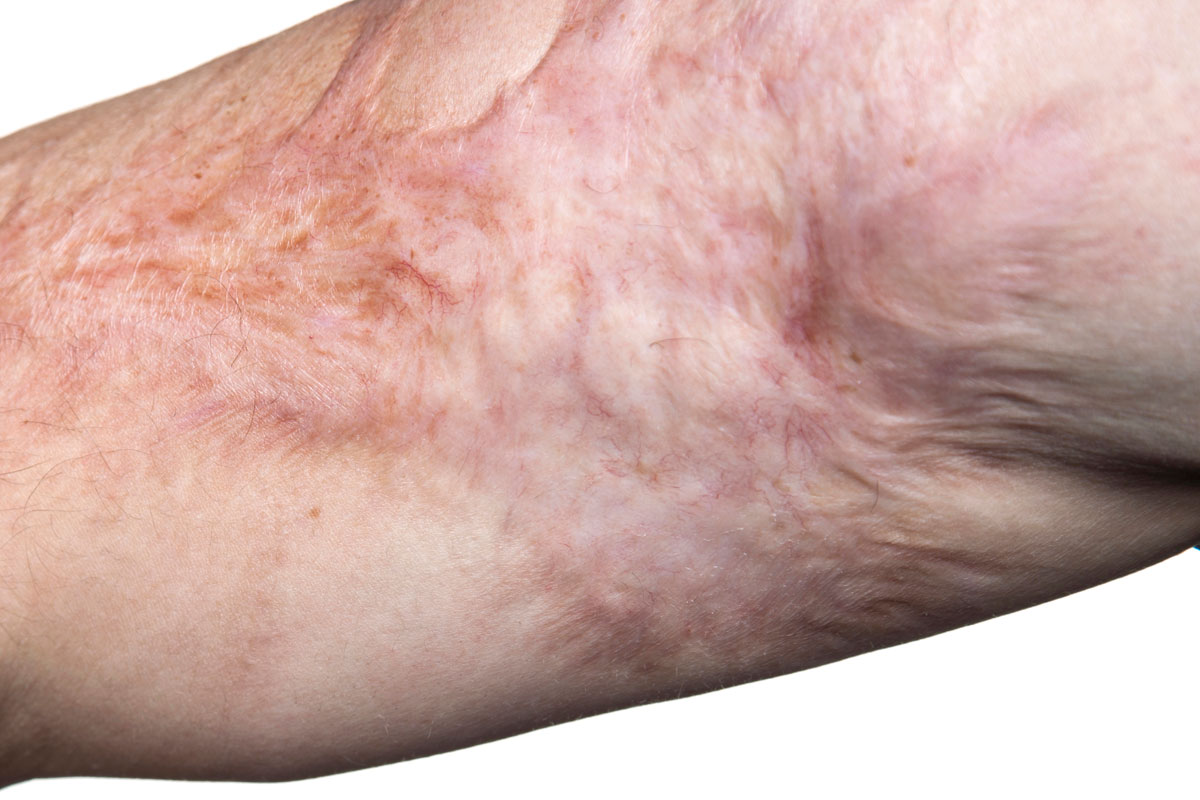
Contracture Scars
These scars occur when the skin tightens or contracts during healing, often resulting from burns. They may limit movement if they form near muscles or joints.
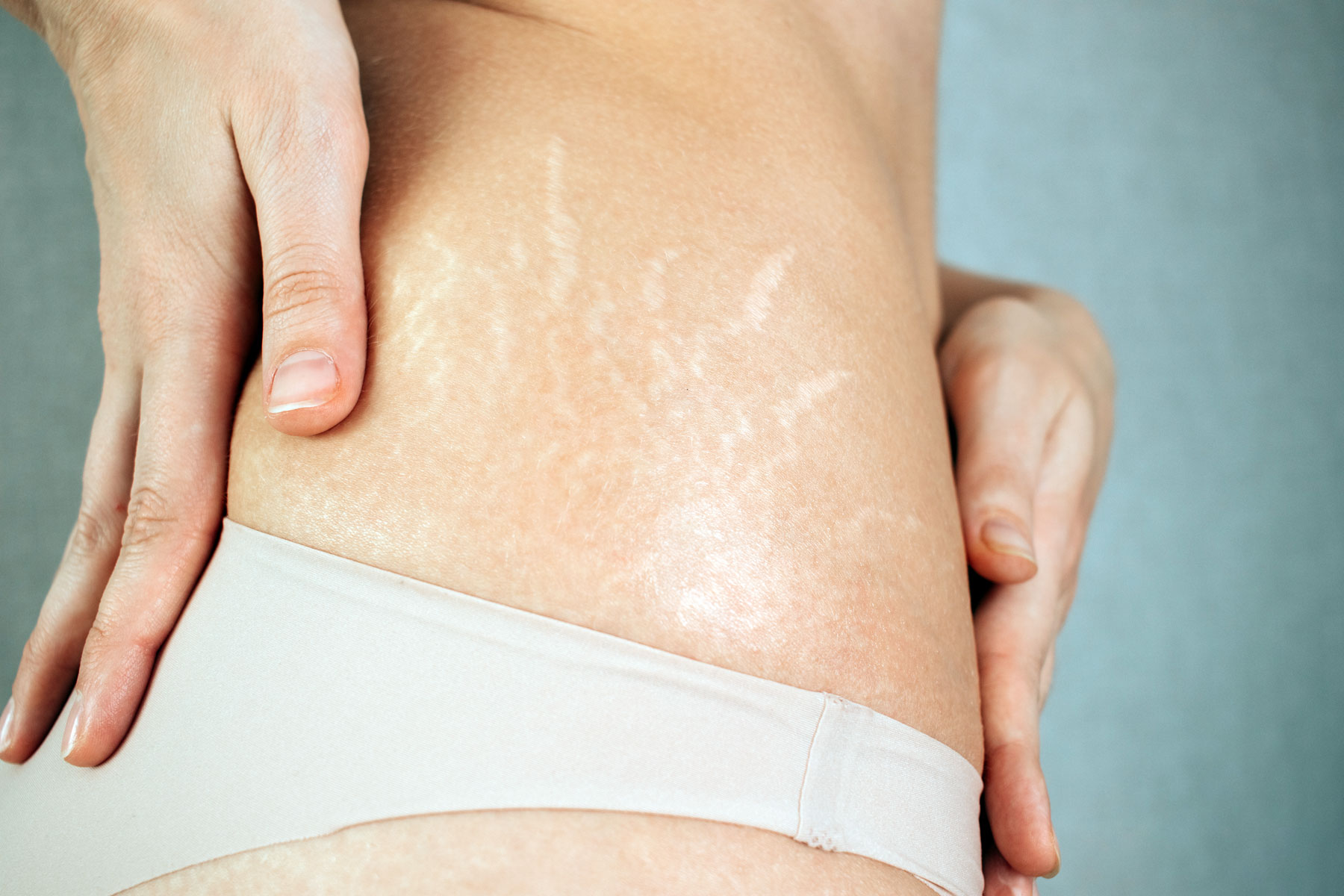
Stretch Marks
Though technically not scars, stretch marks form when the skin stretches rapidly, such as during pregnancy, weight gain, or growth spurts. They appear as red, purple, or white lines on the skin.
Surgical Treatment Options
For severe or prominent scarring, surgery may offer the most effective solution. Surgical options can significantly improve the appearance of scars, especially those that are large, raised, or the result of poor initial healing.
Scar Revision Surgery
On average, 1 in 20 patients will need a scar revision surgery or touch-up. We all heal differently, and how fast you recover can depend on factors like age, skin type, genetics, and overall health. In addition to that, sun exposure, infections or being too active too soon can affect healing, leading to further treatment. While Dr. Barnsley works closely with patients to minimize scarring, much of the healing process is in your hands. Following post-op care instructions is key to achieving the best results.
Skin Grafts and Flaps
For more severe scarring, such as that caused by burns, skin grafts or flaps might be required. This involves taking skin from another area of the body and transplanting it to the scarred area. These procedures are more complex and typically performed under general anesthesia, making them best suited for extensive scars.
Non-Surgical Treatment Options
For those who prefer less invasive options or have milder scars, non-surgical treatments can effectively reduce scarring without the need for surgery.
Laser Therapy
Laser treatments, such as the HALO laser, target the scar tissue by using concentrated light to remove the top layer of skin and stimulate new, healthy skin growth underneath. This is effective for reducing redness, flattening raised scars, and improving overall skin texture.
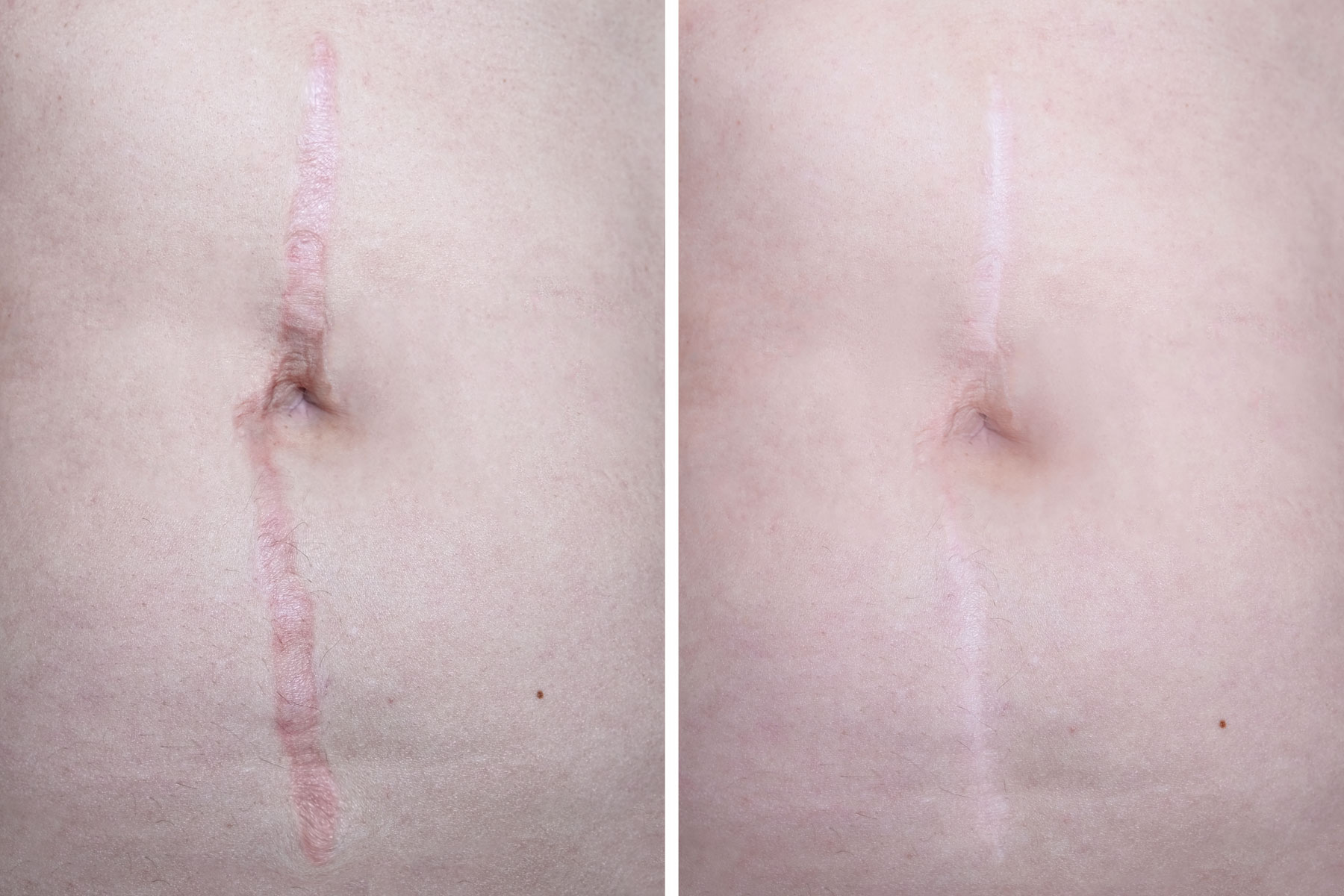 Abdomen scar before and after laser treatment
Abdomen scar before and after laser treatment
Microneedling
This treatment involves using fine needles to create tiny punctures in the skin, promoting collagen production and helping to smooth out uneven skin. Microneedling and Morpheus8 RF Microneedling are particularly beneficial for atrophic scars, such as acne scars.
Chemical Peels
By applying a chemical solution to the skin, chemical peels remove the top layers of skin, encouraging new skin to form. This can significantly improve the appearance of shallow scars and uneven pigmentation.
Injectable Fillers
For depressed scars, such as atrophic scars, injectable fillers can provide immediate volume and lift, making the skin appear smoother. The results are temporary, but they can be an excellent option for those looking for quick improvements.
Topical Treatments
For fresh, minor scars, topical treatments like silicone sheets or gels can help flatten and soften scars over time. At Synergy Medical Aesthetics, we offer Vivier V-Stat, a topical treatment designed to accelerate healing and reduce scar formation.
Recommendations for Post-Op Scar Care
Post-operative care is critical in minimizing scar appearance and promoting smooth healing. Here are some tips on how to improve your existing scars as well as to minimize the formation of new ones.
-
Moisturize Regularly
Keeping the skin hydrated helps scars remain supple and prevents them from becoming raised or hardened. Silicone-based products, like silicone sheets or gels, are particularly effective at maintaining moisture.
-
Use Sun Protection
UV exposure can darken scars and make them more noticeable. Applying sunscreen to the scarred area and wearing protective clothing outdoors is essential for minimizing discoloration.
-
Avoid Picking at the Scar
It’s tempting to scratch or pick at a healing scar, but doing so can lead to infection or worsen the scar’s appearance. Let it heal naturally.
-
Follow Post-Op Instructions
Whether you’ve had surgery or a non-surgical procedure, adhering to post-op instructions is crucial for achieving the best results. This includes keeping the area clean, avoiding strenuous activity, and attending follow-up appointments.
If you’re considering scar revision surgery or non-surgical options like laser therapy or microneedling, our Nanaimo team at Synergy Medical Aesthetics is here to help. We offer a variety of treatment options tailored to your needs and are dedicated to helping you achieve smoother, healthier skin.
Book an Appointment
"*" indicates required fields

